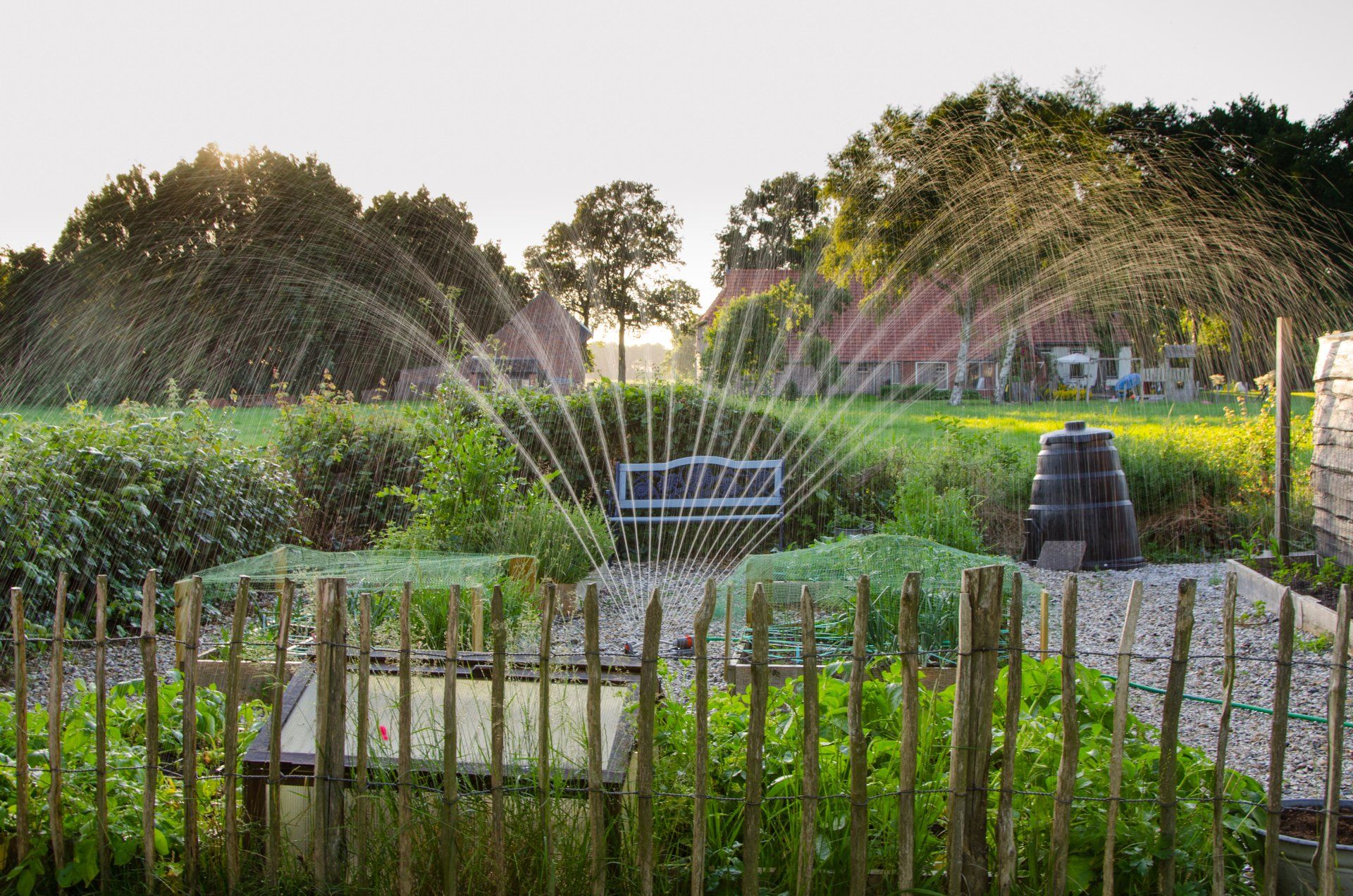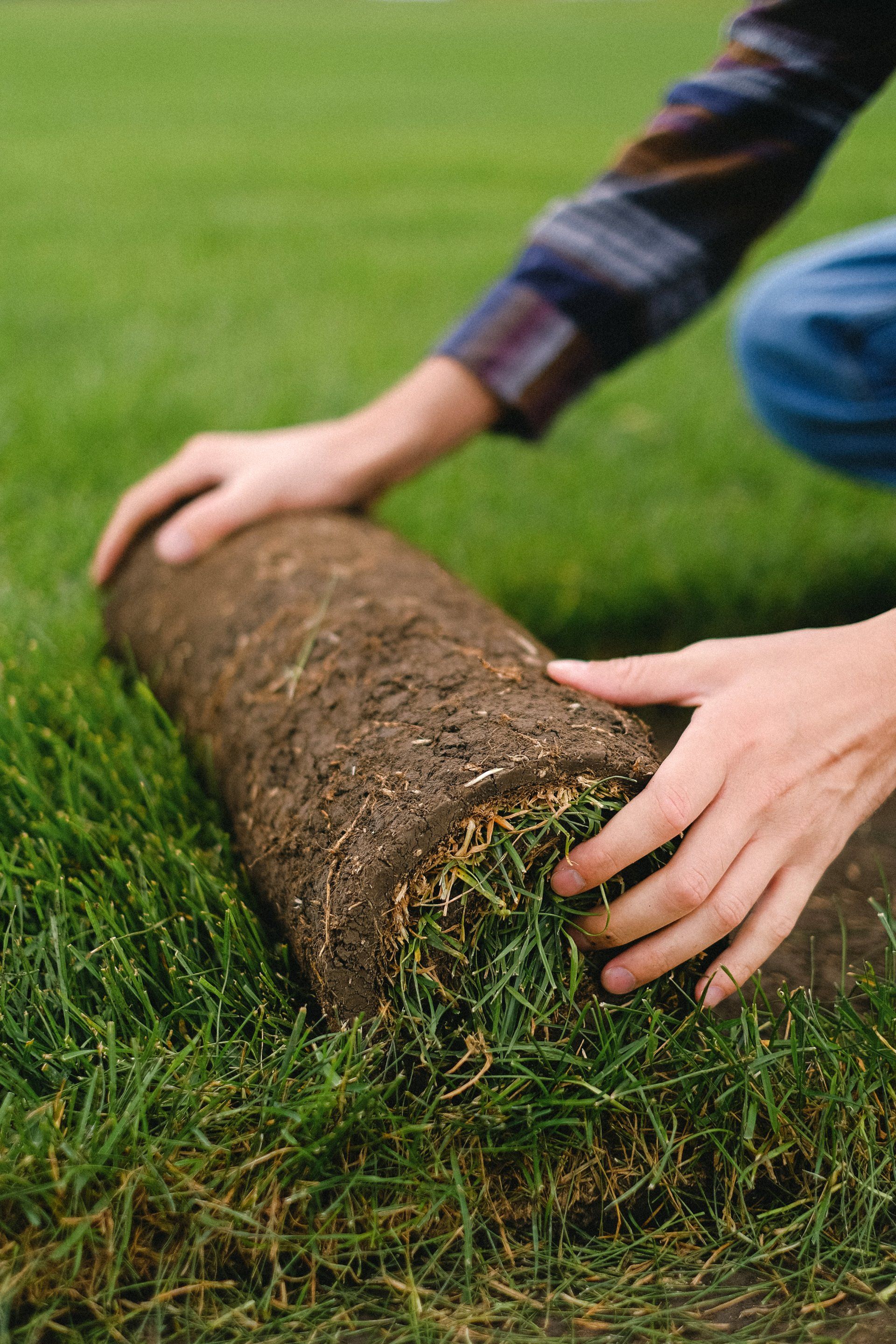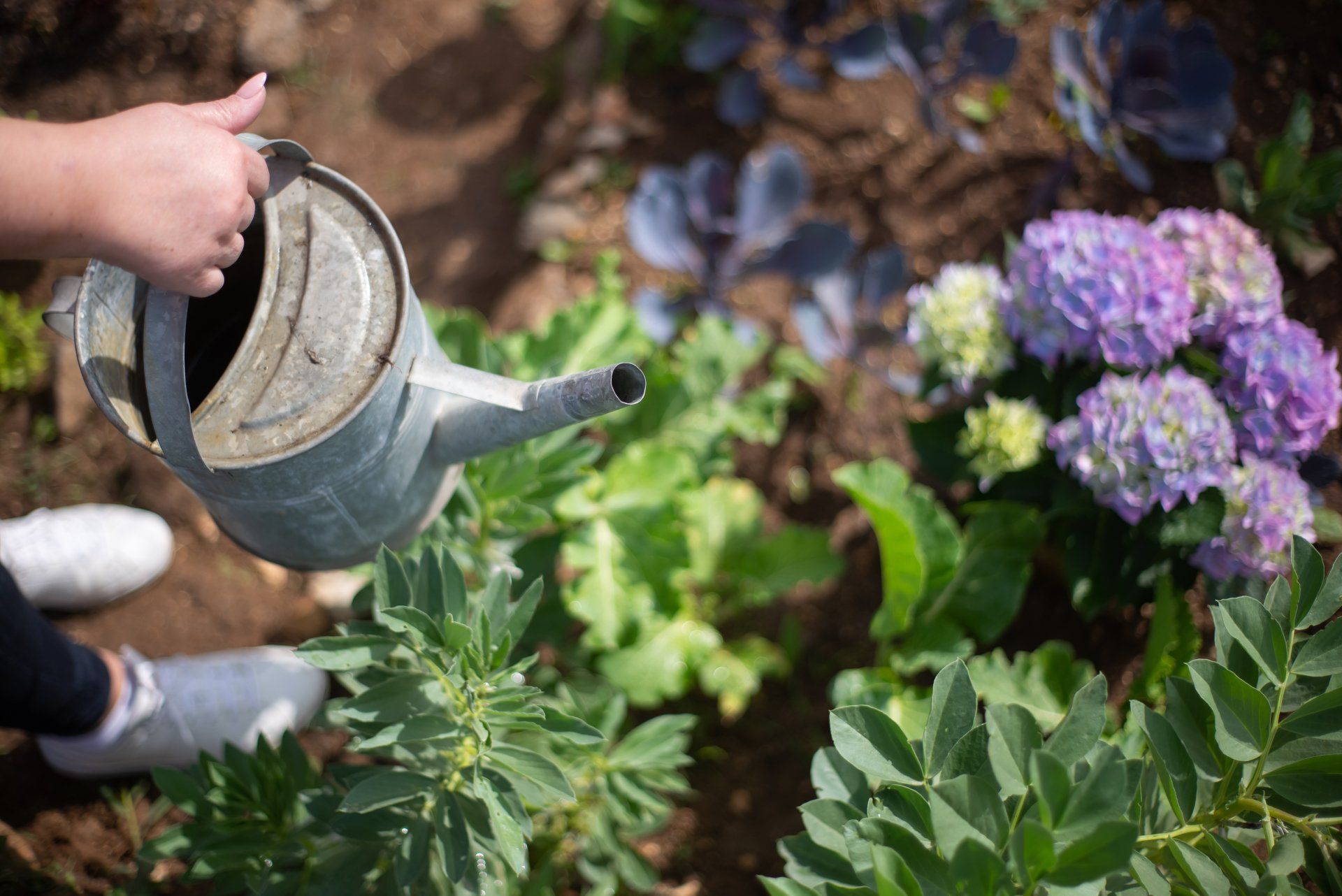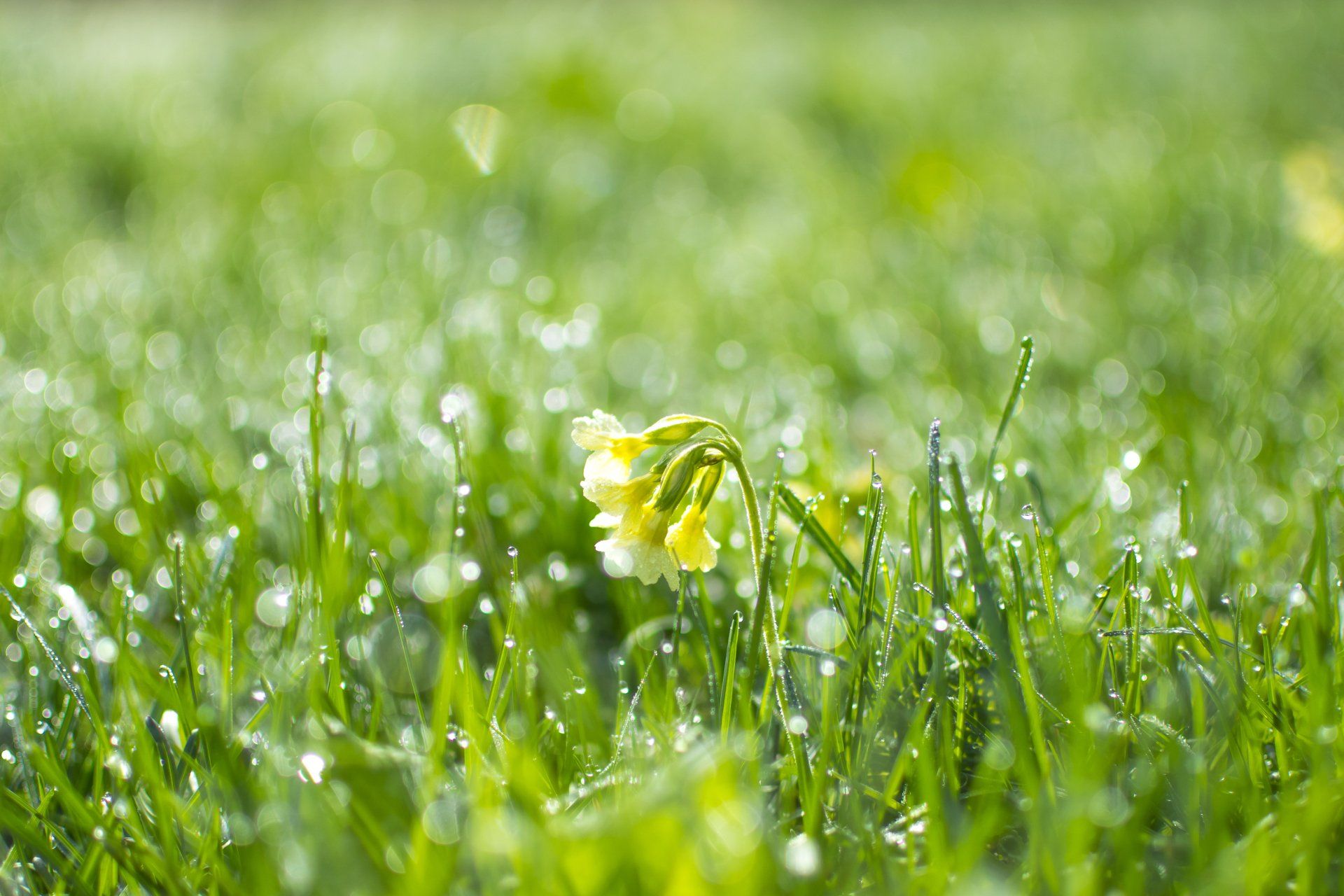Pruning Trees in the Winter
Pruning Trees in the Winter
Although each kind of tree has its own requirements to ensure optimal health and growth, all will benefit from taking care of their trees during winter, and this includes pruning. The practice of pruning during dormancy is often used to keep your trees growing vigorously into the spring. However, regardless of whether you want to take away dead or unhealthy branches, limbs that are encroaching, or simply want a more efficient harvest, pruning is a great way to help. Learn the essentials about pruning trees during the winter months, thanks to the landscape experts.
When is the Best Time to Prune Trees?
The quick response to "Is it OK to prune in the winter?" Is "Yes." In the majority of situations, winter is the ideal time to prune after the tree has reached a point of dormancy and the majority of leaves fall. When the limbs and branches are exposed, it's easier to assess the nature of the tree. This could help in identifying the areas of concern that might otherwise remain unnoticed.
The variety of fruit trees, including honey locust, bald-cypress and poplar, juniper, and spruce trees, are tolerant of winter pruning. However, sap-producing trees like the elm, birch, maple, and walnuts are best left to mature until the end of the summer or in early autumn due to the possibility of seepage.
How to Prune Trees in the Winter
You'll require:
- Gloves
- Hand pruner
- Handsaw
- Loppers
- Protective/warm clothing and eye wear
- Shears
The tools you choose to employ will be determined by the size of the branches you want to take down. Before beginning, take a look at the trees to decide the best plan of action, making a note of dead or dying branches.
Begin by trimming smaller branches first in order to reduce, shape, or decrease their number:
- Use your hand pruners to create a straight diagonal cut that is a quarter of an inch higher than the point where a bud is facing outwards towards the tree.
- Cut at a 45-degree angle to prevent water damage.
- Be aware that pruning can promote new growth to grow in directions of cut.
To take large branches or branches:
- Larger branches must be divided into stages in order to avoid injuries to you or the tree.
- Create three cuts with your handsaw. Begin with a cut that cuts halfway through the lower limb's underside, about 18 inches away from the tree's trunk.
- When you are done, go toward the highest point of the branch and begin cutting around one inch further away beyond the cuts on the bottom and then sawing the limb off to eliminate the limb.
- Cut your final piece with a 45-degree angle, just in front of the collar of the tree near the tree's trunk.
Like any do-it-yourself project, be aware of your limits, and don't forget to contact us for professional help with pruning or any other landscaping needs throughout the year.
Benefits of Winter Tree Care
In winter, trimming trees can bring numerous advantages, including:
- Beware of spreading pests or illnesses, which are most active in the spring and summer months
- You can free up space in spring and put it into other projects outdoors.
- Less stress on trees leaving enough time for cuts to heal before the warm weather insect and pathogens can be introduced.
- Eliminate any damage to the drop zone underneath the tree when the ground is frozen.
Before you set out to begin trimming the trees during the winter months, be sure to bundle up and stay warm. For all your landscaping needs, such as pruning in winter or management of snow and ice, call or email us now!
Ready to work with Landscaping LeafExperts Vancouver?
Let's connect! We’re here to help.
Send us a message and we’ll be in touch.
Or give us a call today at 604-409-5034
More Tips!











